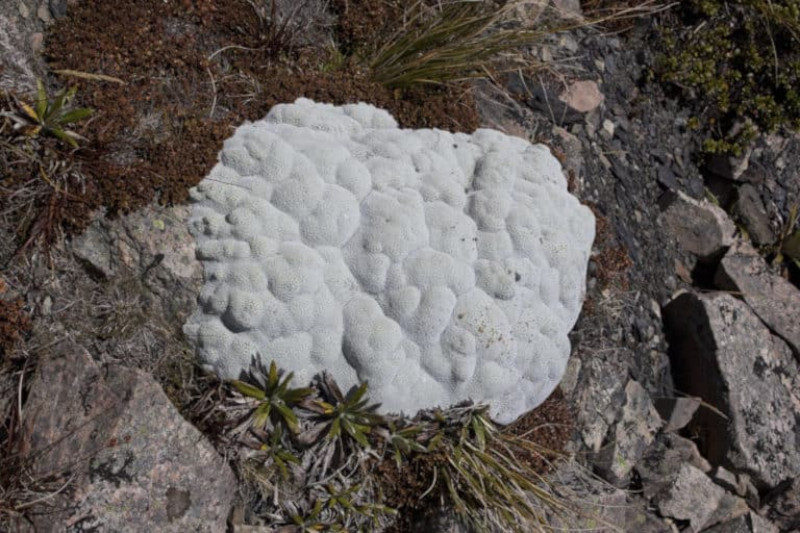
Vegetable Sheep Facts
- This bizarre looking object actually represents a highly unusual variety of Angiosperm. In English, it holds the common name of the Vegetable Sheep. In the language of the Indigenous Peoples of its region, however, this wonder bears the traditional name of tutāhuna.
- The official scientific name for the plant, meanwhile, remains the reltively simple one of Raoulia eximia. The remarkable flora received that appellation during its first recorded formal recognition as a species, in 1864. It formerly held several other technical names, as well.
- Researchers currently place the plant in the Aster Family. The renowned British botanist, Joseph Dalton Hooker, holds the distinction of being the first to formally recognize it. He was also a highly respected explorer, and very close personal friend of Charles Darwin.
- For the moment, the magnificent Vegetable Sheep appears to be maintaining a stable and sufficient population base. That further seems to hold true throughout its native range. The IUCN, therefore, presently has no listing for it on the organization’s published Red List.
- The fabulous flora nonetheless still faces the same potential threats to its continued existence as every other species. Its small range makes it especially vulnerable to habitat loss. Its greatest threat, though, most likely consists of climate change, much like all other life on earth today.
Related Articles
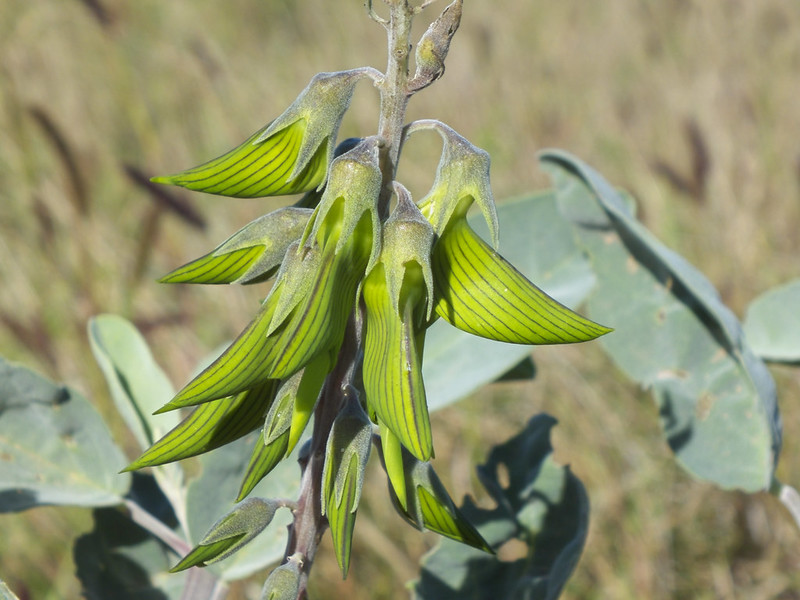
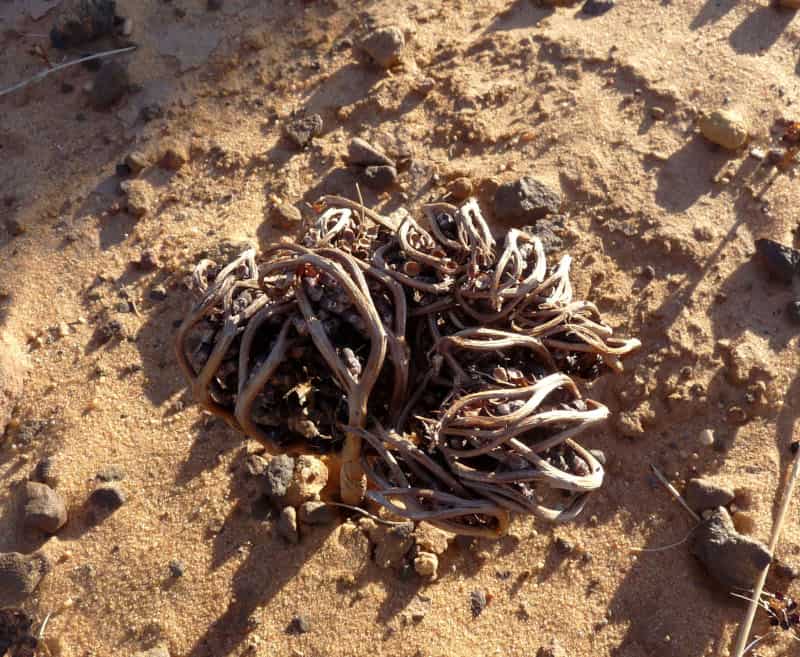
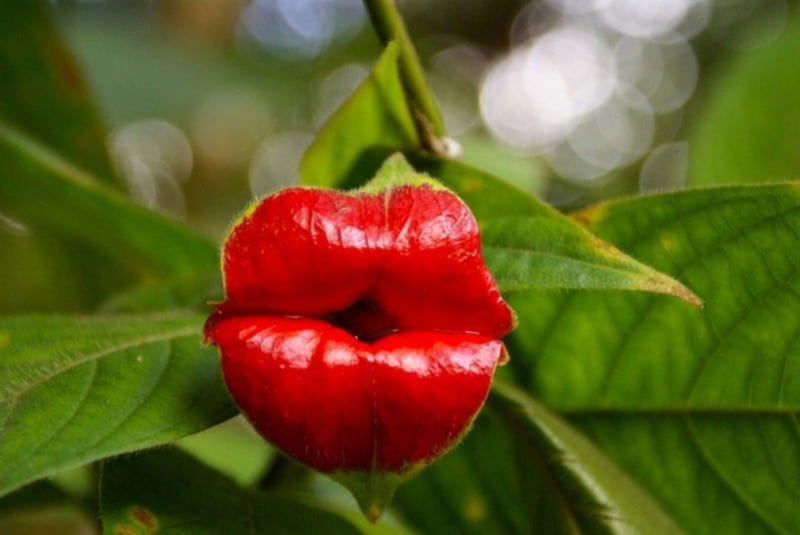
Vegetable Sheep Physical Description
The amazing Vegetable Sheep qualifies as one of those select few wonders of Nature one must see to truly believe. It also has an outward appearance that’s difficult to accurately describe. That’s partly because, like its relatives, it has a highly variable, as well as quite irregular, general shape.
As a general principle, though, individual specimens of this marvel attain roughly equal measurements in both height and width. More specifically, a typical full growth size equals about 3.3 ft (1m) in both dimensions. Exceptionally sized specimens do sometimes occur, though only rarely.
Its branches develop as short, but relatively very stout in their structure. These parts of the plant, however, develop extremely close together. In point of fact, its branches are so tightly packed that the leaves of the plant can’t even be seen. They’re also tiny, being only a few millimeters long.
The remarkable foliage of the extraordinary Vegetable Sheep also holds yet another surprise for the fortunate viewer. That’s the existence of an extremely dense convering of fine, white hairs. These distinctive features give the plant a woolly appearance, adding to its namesake sheep-like look.
The flowers of this marvel of Nature and evolution developed as comparatively small, yellowish, and daisy-like. These blooms emerge from the cushion surface. Each also typically blooms in the summer months, adding a subtle yet lovely splash of color to the otherwise monochromatic plant.
- Kingdom: Plantae
- Phylum: Angiosperm
- Class: Eudicots
- Order: Asterales
- Family: Asterceae
- Genus: Raoulia
- Species: R. eximia
Vegetable Sheep Distribution, Habitat, and Ecology
Most unfortunately, the astonishing Vegetable Sheep evolved as native to a highly restricted part of the surface of the earth. That’s due to the fact that its only known concentration appears on the island country of New Zealand. Even there, though, its range remains even further restricted.
That’s because this marvel of the botanical world only lives on one of the two islands. In this case, it appears on the one named South Island. There, the unusual flora mostly makes its appearances from northern Southland to Marlborough. That further places it east of the main divide.
Its potential habitat remains additionally limited by its own distinctive nature. That’s due to the fact that it evolved to specifically live at a range of altitudes that runs from alpine to sub-alpine. Here, the amazing plant appears at elevatons ranging from roughly 3,937 – 8,202 ft (1,200 – 2,500 m).
In these regions, the intrepid Angiosperm generally appears in extremely rugged areas, where most other flora find it impossible to survive. These locations include such similar settings as cliff faces, and spots of scree and talus. It’s also demonstrated a preference for poor, well-drained soils.
The flowers of the amazing Vegetable Sheep, such as they are, generally develop between the months November and January. The fruits that eventually follow do so most typically from January to April. Researchers still know very little about how the Angiosperm achieves its pollination.
Both the attention-grabbing common name in English and its original native name have the same origin. These appelations understandably derive from its appearance, said by some to resemble a sheep. Its limbs develop so tightly packed that one can sit on the plant without doing harm.
Species Sharing Its Range
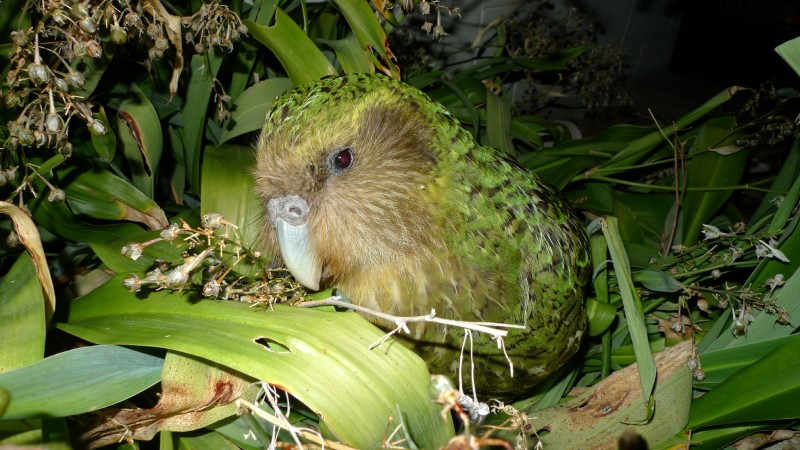
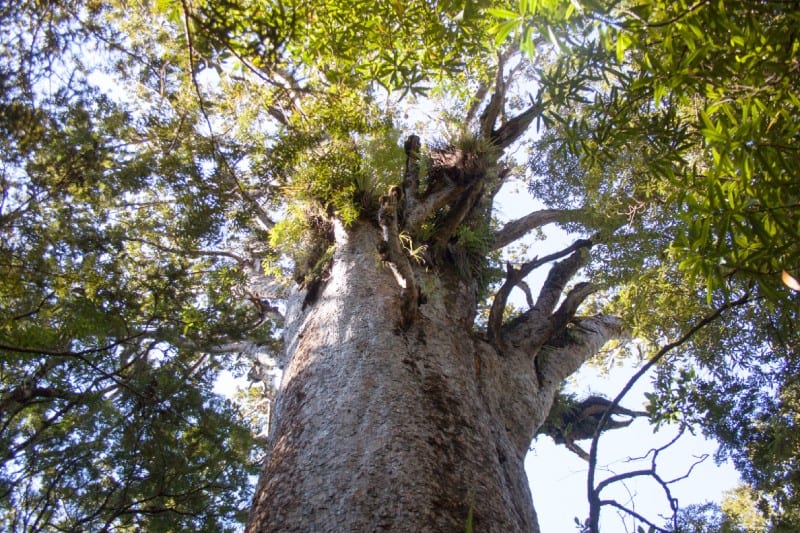

Check out our other articles on 4 Bizarre Marine Fish, Mountain Chicken, Saint Mary’s Islands, South American Sea Lion, Spiny Dogfish, Giant Girdled Lizard, Chinese Mantis, Bird Cherry
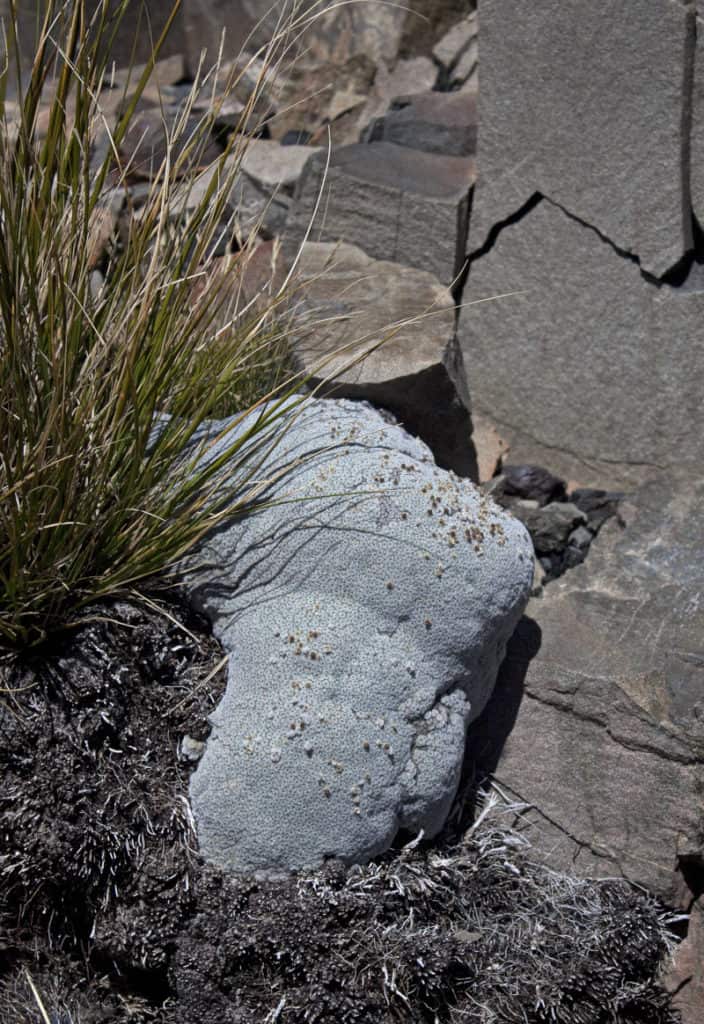










Leave a Reply